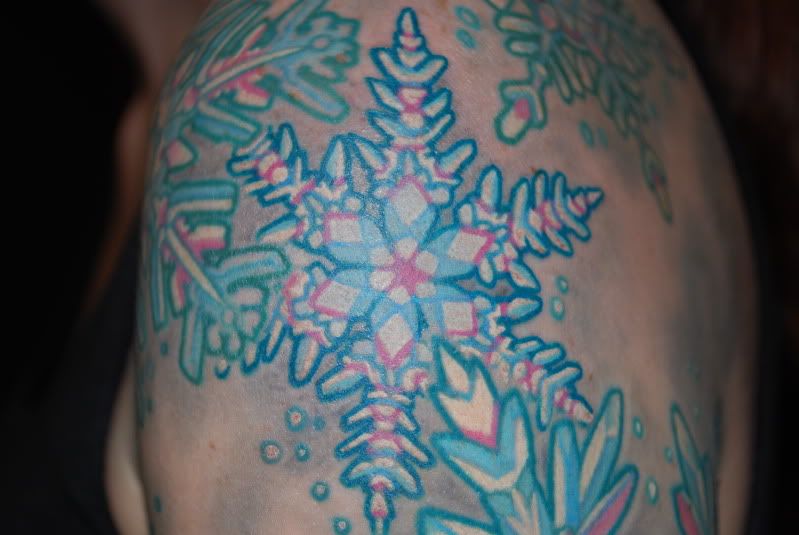"NASA-funded astrobiology research has changed the fundamental knowledge about what comprises all known life on Earth.
Researchers conducting tests in the harsh environment of Mono Lake in California have discovered the first known microorganism on Earth able to thrive and reproduce using the toxic chemical arsenic. The microorganism substitutes arsenic for phosphorus in its cell components."
The rest of the writing in the NASA press release is similarly giddy. You might think from skimming the information out there that these researchers found an organism that uses arsenic preferentially, or in the environment, but that is not the case. The cells were isolated from mud samples collected from Mono Lake, then grown in media with low amounts of phosphorus and high amounts of arsenic. These cells, named strain GFAJ-1, were able to grow in these media despite arsenic's usual toxicity. They do not use arsenic in their natural environment, nor is it accurate to call them an "arsenic-based life form".
Today I read the paper behind this research, published online today in ScienceXpress. (You won't be able to read that unless you have institutional or other access to Science.) I have some questions regarding the results.
- Was this testing conducted on other species? NASA is touting this discovery as a whole new type of life. I would be more likely to accept that idea if the researchers had shown that other bacteria did not survive this treatment. According to the phylogenetic tree constructed in the supplementary materials, Escherchia coli is this bacterium's closest relative. More experiments should be conducted to determine E. coli and other common laboratory strains' fitness in this media.
- As the cells grow and divide, they should incorporate more and more arsenic into their biomolecules, depleting the phosphorus available in the media and that which was already present in the mother cells. Is there a threshold level of arsenic at which cells can no longer survive? Could they completely replace all phosphorus with arsenic? That hasn't been shown. The data in the paper only shows growth up to 20 days; is there a point at which cells start to die? New Scientist quotes Paul Davies of Arizona State University as saying, "After one year, they are still alive and well"; however, there is no published data to support that, so it could mean anything.
- In the paper, cells grown on arsenic-rich medium had a higher dry weight of arsenic that cells grown on phosphorus-rich medium. Similarly, +As/-P cells had a lower dry weight of phosphorus than -As/+P cells; however, even the cells grown on medium with phosphorus had a dry weight of phosphorus (0.54±0.21%) lower than the 1-3% normally needed by bacteria. I can think of two possible explanations: 1) the data is incorrect; 2) this strain typically uses less phosphorus than the average bacteria. I would like to see similar data gathered when the strain is grown on other rich media.










